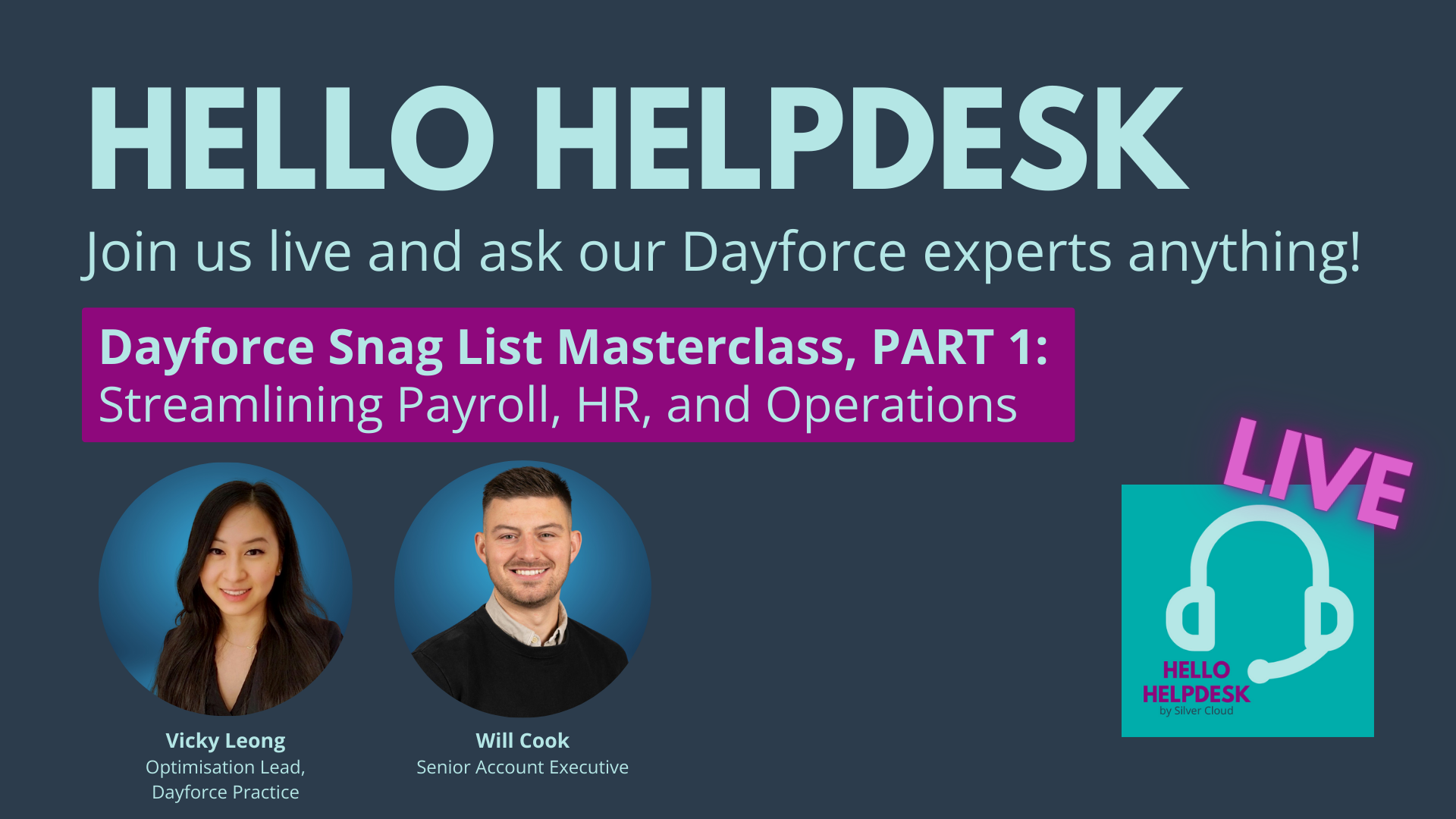End of the Tax Year! Now is the Perfect Time to Consider New Payroll Software
by Carine Lombard

Did you know: the end of the tax year is the perfect time to reassess your payroll process? Yes, it's a busy period. But it makes sense to use some of this time to review your systems, especially if you're thinking of investing in new payroll software.
Our partners at PayFit explain it all.
You might wonder, 'why on earth would I want to add more things to my plate at this already hectic time of year'.
It's true. Small business owners can spend up to 5 hours or longer on monthly payroll. That makes payroll one of the most time-consuming aspects of HR, especially in the ramp-up to the new tax year.
Based on this, you might think it's better to shelve that new payroll software search until well after the 6th of April (when we've all put our feet up and had a cuppa).
But here's the thing. The insights you could gain by delving into your systems now - to assess what's working and what's not working - could be golden.
Whether you're thinking of switching to a better provider or this is the first time you're considering payroll software at all, the end of the tax year is the perfect time to reassess your overall system.
Why the end of the tax year is the perfect time to review your payroll process
In the world of payroll, the time between December and April is what tests the metal of your system. If something's wrong, it's likely to show up again during this period, especially if it's something that's been brushed under the carpet a few too many times.
Whether that's errors cropping up as a result of a vulnerability in your system, or inefficiencies in how your team is spending time, challenges become more critical as deadlines loom closer. These next few months present the perfect opportunity to take note of what's going wrong so you can prioritise these pain points while searching for a solution.
When does it make sense to change payroll providers?
The beginning of a new tax year is an ideal time to switch to a new payroll software.
That's because you can process 'period 1' of the new tax year as your first payroll run without needing to go back and fetch previous data. This also gives you the time to conduct parallel runs before going completely live with your new software.
If you haven't yet started your new software search, then it's time to make this a priority in the run-up to April so you are ready to onboard after the beginning of that month.
But what should be front of mind when considering whether to invest in new payroll software or stick with the same old systems?
Assess these key areas of your process before the end of the tax year:
Increased error rates
The end of the tax year increases stress levels, which means mistakes are more likely to slip through the net. If you're noticing the same error cropping up repeatedly, reflect on why it's happening. Does it have to do with a task that's too manual? Or a technical issue with your system?
Payslip accessibility
Providing access to digital payslips that break down salary components is a simple act that makes a huge difference. It's important to note how easy it should be for employees to get hold of their payslips. If this requires several emails or calls to be made, then this is something you can definitely improve.
Low compliance levels
Is the way you do payroll compliant with the latest legislation? With so many changes happening (there were up to three NI rate changes this year alone!), it can be challenging to stay on top of every little detail. Higher-quality payroll software, like PayFit, will update to reflect the latest legislation changes. If this is something your team finds challenging, it's worth factoring this into your search for a solution.
Compatibility with other software
Finally, it's worth noting how well your payroll set-up gets along with other software and systems in your organisation. In the age of integration, it makes little sense to continue practices like double data entry when there has been so much advancement in how systems talk to each other. If your payroll system or outsourced provider doesn't integrate with the latest HRIS, it might be time for a change.
5 steps to take before switching to a new payroll software.
In reviewing your payroll process, you might decide that switching to new software is the way to go. If this is the case, here's an easy 5-step process to guide you in making the switch.
1.Research and find the ideal software
This is where all the work you've done assessing your current systems and processes will come in handy. In understanding the biggest challenges you need to solve, you can further target your search to meet your current and future needs.
2.Get stakeholder buy-in
Once you've narrowed down your search to one or two softwares you like, it's time to get buy-in. Chances are you won't be the only decision-maker on your team. By talking to those on your team who will be using the software day-to-day, you'll get an even better sense of which product will be the best fit.
3.Finish processing the current tax year
You'll want to make a clean start with your new software. If switching right at the end of tax year, it's best practice to send your final reports and year-end forms (such as P60s and P11Ds) before sunsetting your old system and transferring everything to new software.
4.Set up your new software
Now it's time to set up your new system. It's recommended to do this while keeping your old system active, called a parallel run, just in case there are any issues. It's also a great way to see the difference your new software makes against the backdrop of your previous one.
4.Test, test...and then test some more
With any new system, it's essential to test everything out, so you can iron out any issues early on. It's also a good way of seeing how good the provider's customer care is, as this is just as important as the product itself. You need to know that you'll be offered good support in the event of something going wrong.
We've talked about why the end of the tax year is an ideal time to review your payroll processes, as that can lead to opportunities to improve your current systems. It's the time of year when things like error rates, compliance issues and compatibility with other systems come to light, which makes this the perfect time of year to kick off a new software search.
We've also shared some key steps to take when looking for and onboarding with new payroll software. For more information, here are five things slowing your payroll process down.




